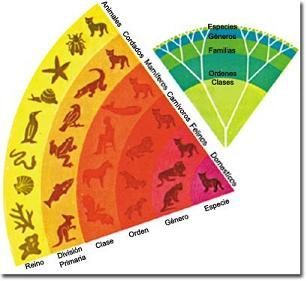 The concept that will occupy us in this review presents a special use in the fields of communication and literature.
The concept that will occupy us in this review presents a special use in the fields of communication and literature.
Literal reproduction of words, phrases, ideas, that are manifested in a speech or dialogue
Basically the direct speech implies the faithful reproduction of those words uttered by the individuals involved in a dialogue, that is, direct speech presents through words and expressions the succession of thoughts and ideas of the interlocutors.
That is, direct speech is direct communication between two or more individuals who are at the same time and place.
In direct speeches the reproduction of words, phrases, arguments, ideas, is carried out literally, that is, as the person in question has said, making a direct quote of their words or thoughts, which will be transcribed as which he said, with extreme fidelity in this sense, respecting, semicolons, as it is popularly said.
My mother told my sister: "You have to take a coat because it will be cool at night."
And on the other hand, we can find indirect speech that is characterized by the fact that someone's sayings are reproduced adapted to the reference system of the person who expresses them.
Mom told my sister to take her coat because it will be cooler at night.
Signs that are used to highlight the literalness of what is expressed
It should be noted that in the written form the direct speech is placed a sign (-) which is the one that will precisely symbolize the dialogue, or failing that, the phrase expressed by one of the interlocutors is usually enclosed in quotation marks in order to make it clear to readers that said words were literally expressed and there has been no modification, addition or deletion of what was said.
So when we see these signs of the sign - and of the "" we know that what is between them is what a person has said, declared, or, failing that, the conversation that one or more people had.
In many cases, to cover themselves from claims or controversies for reproducing the sayings of other people, it is that the narrators of a story use this format to make it clear that they are not the ones who express this or that idea, but that they have been said by the people who in dating clears up.
For example, in literary works it is one of the most used resources when presenting the conversations and dialogues that some of the characters have.
With an example we will further clarify the concept ...
-Did Maria come? I've been waiting for you since twelve noon. - Not yet, but don't worry, she tends to be late every day. - I hope so, otherwise I could not stand his planted
This resource is also frequently used in interviews that are published in printed publications, such as magazines or newspapers, media that constantly present among their content reports to personalities from various fields, or to people who have been news about a relevant event.
Indirect speech: does not reproduce the dialogue verbatim
On the contrary, from the opposite sidewalk we find the indirect speech, which is precisely distinguished by not reproducing the dialogue in a textual way, what the characters or interlocutors say.
In this case, there is a narrator who will be the one who tells what happens and what the characters involved said ... Example, Juan arrived at the office where María works and was not there, so he decided to wait for her. After several hours of waiting, she asked one of her colleagues if he had gone and he confirmed that she had not but told her that it is usual for her to be late.
In this type, signs such as the - are not used, but instead links are used such as: said that, among others, which clearly show the readers that it is an indirect style or discourse, in which there is no you are literally transmitting the words expressed by the protagonists of the comments.









